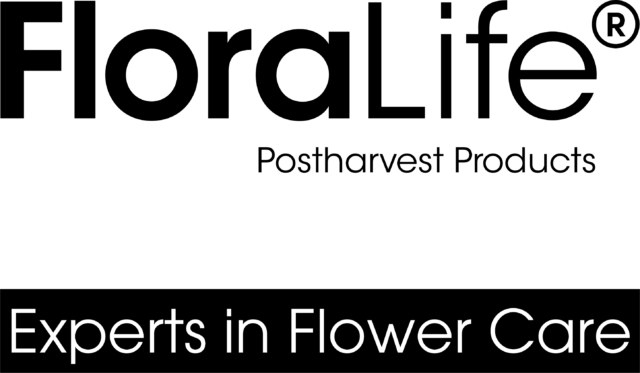Hydrangea: The Bridal Bloom
LivRio Magazine May 2024, powered by FloraLife

Hydrangeas are possibly one of the most recognized flowers, and with their large, beautiful blooms, it’s not hard to see why. Although they are well known for being showy, their true flowers are actually quite small and often overlooked. That’s because the part that’s most admired are the showy bracts, but if you look carefully in the center of these, you will see the true flowers nestled deep within.
The name Hydrangea itself gives you a clue to how these beauties like to be treated, as the name stems from Latin for water (hydros) and jar (angos), thus indicating that these flowers love and need water, whether rooted or as a cut flower. This is especially important when using Hydrangeas for weddings. Making sure that the stems have free water available at all times, and using an anti-transpirant spray on the bracts will help keep hydrangeas looking fresh all day.
As the bracts are not petals, but modified leaves, there is a lot of surface area on a hydrangea through which water can transpire. So, the trait that makes them beautiful is also why they are such thirsty flowers.
The bracts have another trick up their sleeve though, as they change color depending on the acidity/ alkalinity of the soil they are grown in. In acidic soils the bracts grow blue, and in alkaline soils they grow pink. You can of course get a mix of the two colors, including an in-between purple shade if the soil around the roots is neutral or a mix of acidic and alkaline. White Hydrangea, however, remain white no matter the soil type.
Care and Handling Information
Shipping and Storage
- Shipping and storage temperatures should be 34 – 38° F (1-3°C).
Re-hydration at Store Level
- Start processing with a clean bucket, sanitized with FloraLife® D.C.D.® Cleaner.
- If received dry packed, conditioning of stem ends is recommended to prevent blockage and promote uptake. Cut approximately 1” or more off stems. Use clean, sanitized clippers or knife, and treat with FloraLife® Quick Dip.
- Place flowers in a flower food holding solution such as FloraLife® Express 200. Do not put flowers directly in metal/galvanized buckets. Use clean, high-quality water that has not been treated with a water softener.
- Store in a cooler at 34 – 38° F with 75 – 85% relative humidity.
- Allow minimum 2 hours to hydrate placing buckets in an area with good airflow.
- Always remember FIFO (first in/first out) when rotating Hydrangea or any other flowers.
Vase Care
- Remove any leaves that might be below the vase solution.
- If received dry, cut approximately 1” or more off stems. Use clean, sanitized clippers or knife, and treat with FloraLife® Quick Dip.
- Immediately place flowers in properly dosed vase solutions (Flower Food and water) containing FloraLife Crystal Clear® (the perfect solution for clear vases), or FloraLife® Express 300 (the no-cut premium solution).
- Treat all blooms with a spritz of Floralife® Finishing Touch to seal in moisture.
Special consideration
- To keep Hydrangeas hydrated, it is extremely important to maintain the cold chain throughout the distribution, as well as adhere to strict cleaning protocols.
- Hydrangea flowers are prone to wilting. A lot of water is lost via transpiration from the leaves especially at room temperatures or warmer. Hydrangea respond very well to flower food solutions. Harvest stems into hydration solution specifically formulated for hydrangea such as FloraLife® Hydrate Hydrangea. Use a holding solution when storing wet, such as FloraLife® Express 200, and a consumer flower food like FloraLife® Express 300 for vase arrangements.
- To prevent excessive dehydration during dry shipment, stems are usually individually sleeved and have a water bag wrapped around the bottom of the stems. This helps maintain hydration and reduces physical damage during shipping.
- Hydrangea is prone to physical damage. Stems are typically harvested when bracts are only partially expanded to help reduce shipping volume and physical damage. Stems harvested at the correct opening stage can be packed tightly in a box with care.
- Stems should be securely strapped inside box to prevent shifting or movement that can cause physical damage during transport.
For more information, click here:
- https://floralife.com/article/hydrangea-troubleshooting
- https://floralife.com/flowers/hydrangea
- https://floralife.com/flower-library-for-retailers
*Product availability depends upon geographical region.
Check https://floralife.com/products/#product_grid for more information.
